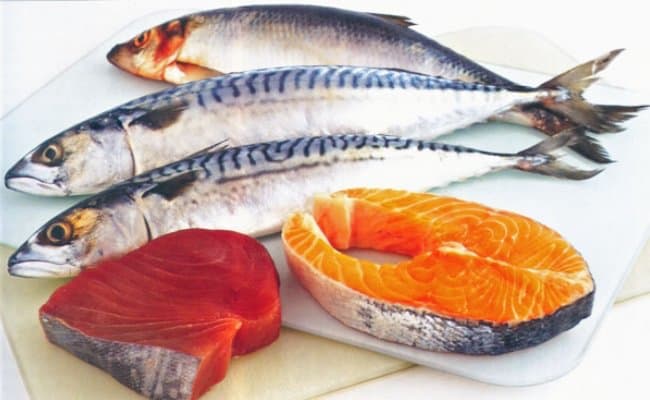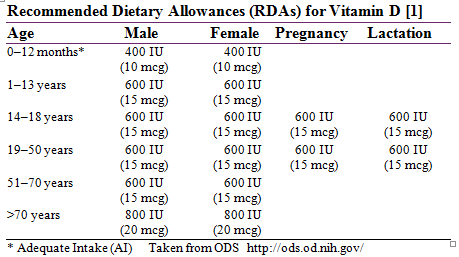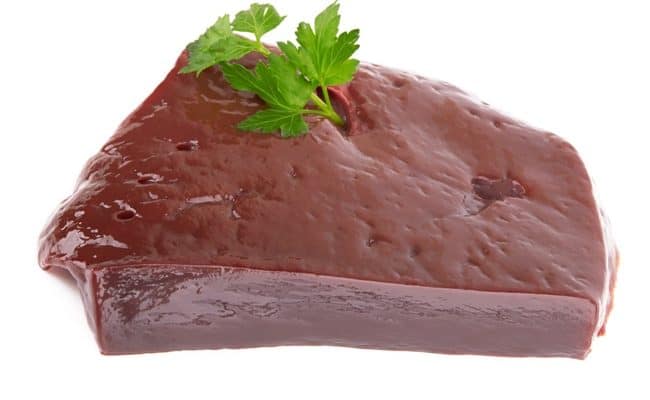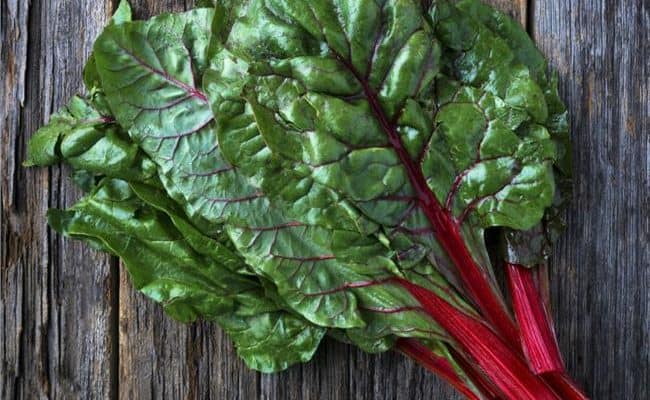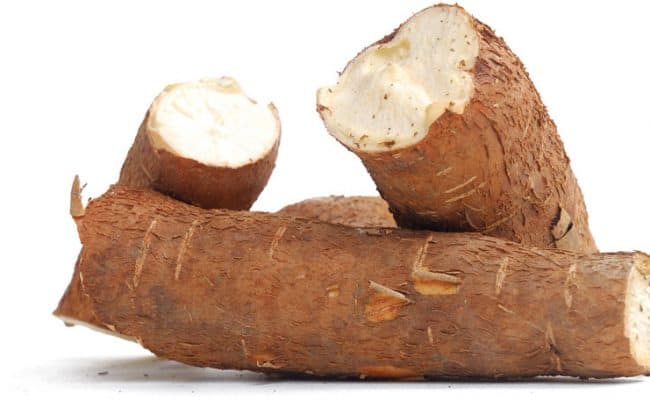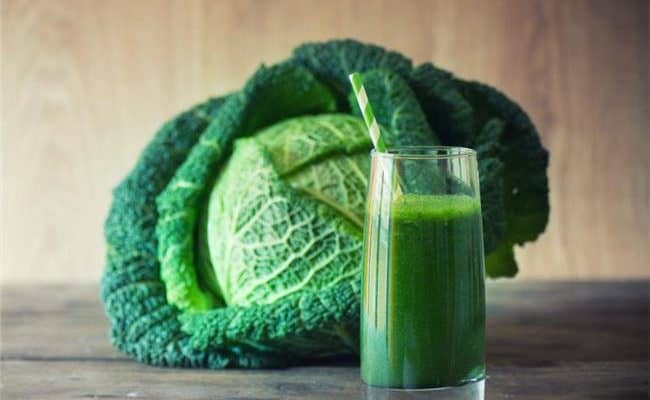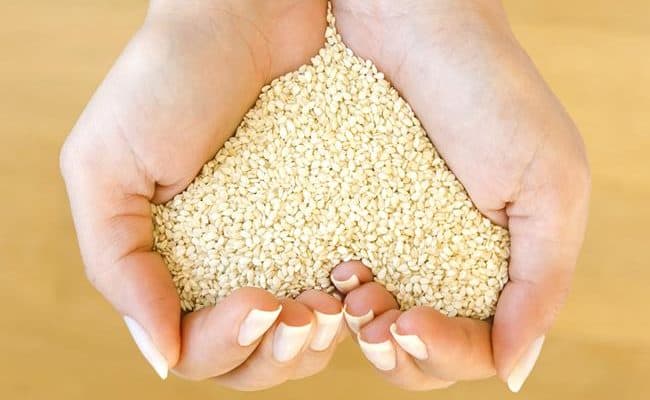
The body uses vitamin D to increase calcium absorption from the digestive tract, make new cells, boost immune function, and vitamin D plays a role in blood pressure regulation and insulin secretion.
We can get vitamin D through the diet, but naturally only a few foods are a source of vitamin D.
Dairy foods often are fortified with vitamin D and can also be a common source.
Vitamin D is unique in that we can get it in the body in another way besides food or drink.
We can actually get vitamin D from sunlight. Once sunlight hits the skin, a type of vitamin D gets sent to the liver then the kidneys.
These two steps in the liver and kidney transform vitamin D into a form the body can use.
The concern for people not getting sufficient vitamin D has increased in recent years. More people are spending time inside not in direct sunlight.
People who live in the Northern hemisphere may not have adequate exposure to sunlight throughout the year to provide adequate amounts of vitamin D.
Vitamin D is also not in a lot of foods, so it can be common to not get adequate vitamin D intake from diet alone.
Because of these reasons, vitamin D supplements have grown in popularity. Most multi-vitamins also contain vitamin D.
There are varying amounts of vitamin D you can get from a supplement.
Vitamin D is a fat soluble nutrient meaning you can get too much of it.
Therefore, consult your doctor and get your blood levels checked before taking a supplement to see how much you may need.
Vitamin D intake recommendations
How much vitamin D you need can depend on other health factors.
In general, for healthy adults up to age 70 years old, the NIH (1) recommends 600 International Units (IU) of vitamin D per day. Adults over 70 years old should get 800 IU per day.
As we age, the skin becomes thinner. When the skin gets thinner, converting vitamin D in the skin from sunlight doesn’t happen as well as when you were younger.
Fish with bones, egg yolks and dairy products are dietary sources of vitamin D.
Other foods can also be fortified like orange juice or cereal. Can you get enough vitamin D from food?
To get the recommended 600 IU from the diet, you would need to eat 3 ounces of canned pink salmon and drink 2 glasses of milk.
Most people find it hard to eat a significant amount of fish or even get enough dairy in their diet.
Therefore, getting adequate vitamin D from food sources can be hard for some people. Eating more foods that are fortified can help boost your intake.
Risk factors for vitamin D deficiency
If you have any of these following risk factors or health conditions (2) your need for vitamin D may be increased above the general recommendation.
Speak with your healthcare team for individualized recommendations.
- Osteoporosis or osteopenia. These conditions mean your bone mineral density is lower than normal. Increasing your intake of bone building nutrients is recommended.
- Staying indoors most of the day. Working or staying inside when the sun is out means you are not getting vitamin D from sunlight, and this may increase risk for deficiency.
- Living in the Northern part of the world. Living further from the equator means you don’t have as much sunshine year around. Keep in mind even if you do get sunlight in the months between October and mid March in a Northern climate, it doesn’t have enough UVB radiation to stimulate vitamin D synthesis (3).
- Wearing sunscreen or being covered while outside. Wearing sunscreen may lower skin cancer risk, but it can also block out the rays that help convert vitamin D on the skin. Even an SPF of 10 will block most of the radiation needed for vitamin D synthesis.
- Pregnant women. Pregnancy increases need for vitamin D.
- Dark colored skin. People with dark pigmented skin do not synthesize as much vitamin D from the sun compared to people with a light complexion.
What happens when you don’t get enough vitamin D?
How do you know if you’re not getting enough vitamin D?
A blood test is the best way to know. Symptoms from mild to moderate vitamin D deficiency can vary and make it tricky to diagnose without a blood test.
Severe vitamin D deficiency is considered rare in first world countries, but severe deficiencies especially in children can lead to severe bone deformities and/or bone pain.
Can you get too much vitamin D?
Yes, you can get too much vitamin D.
It’s important to assess your intake from all supplements you may be taking and dietary sources.
For example, if you are taking a multi-vitamin, an additional high strength vitamin D supplement and are eating various fortified foods, you may be getting too much vitamin D.
The Tolerable Upper Intake Level (UL) for vitamin D in adults is considered 4,000 IU.
Consistently getting above this amount can increase risk for negative health side effects.
Keep in mind if you have a deficiency, your intake may exceed the UL until levels return to normal.
Side effects from getting too much vitamin D include: weight loss, increased urination and heart arrhythmias (4).
You don’t need to worry about getting too much vitamin D from the sun, just from supplemental form.
The body has the ability to stop vitamin D absorption from the sunlight.
Getting over the recommended intake 600 IU is not considered to cause harmful side effects.
You could get more than the recommended 600 IU per day as long as it is below the UL.
Before taking a supplement of vitamin D, consult your healthcare team.
Vitamin D supplements can interfere with medications and may be contraindicated for some health conditions.
Supplements can also interfere with blood sugar and blood pressure.
